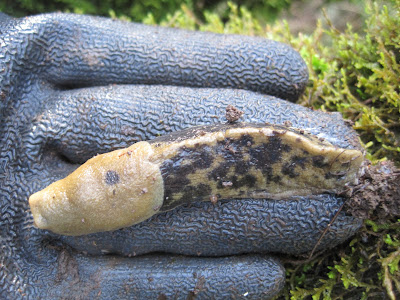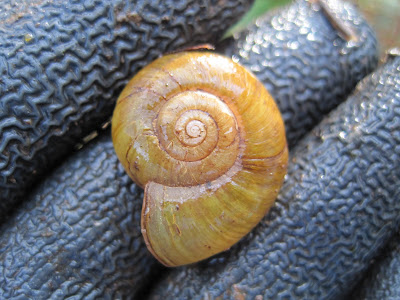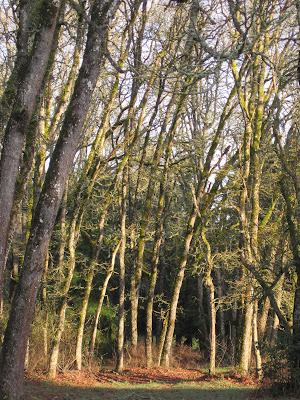Ramblings around Washington State. Natural wonders of my world. I am forever trying to learn. Strong caution, pictures of plants may include bugs,spiders and other "creepy" things. Natural history plants flowers bugs birds biologies. Geology weather conservation and gentle hikes.
About Me
- Upupaepops
- Just a meandering soul sharing my backyard. Visit my Flickr page too! www.flickr.com/photos/meanderingwa/
Sunday, February 28, 2010
Salmonberry!!!
Saturday, February 27, 2010
Hydrotherapy
A place the yields pictures like this
A jaunty Fox Sparrow male. His female was inside the blackberry bush
Thursday, February 18, 2010
Wednesday, February 17, 2010
So Close You Can Taste It!


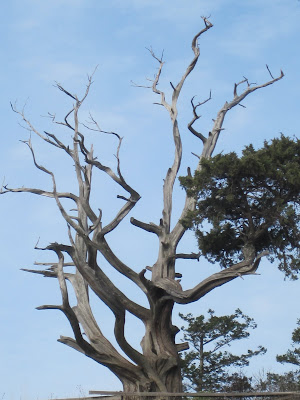
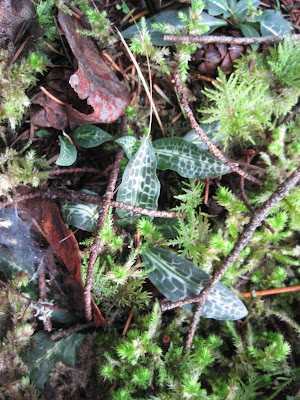





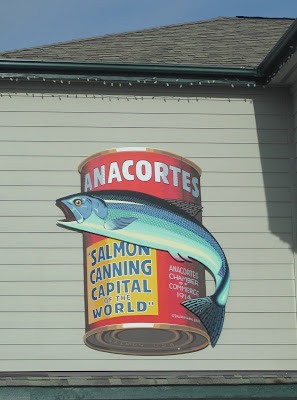
Sunday, February 14, 2010
Saturday, February 13, 2010
A Walk in the Rain

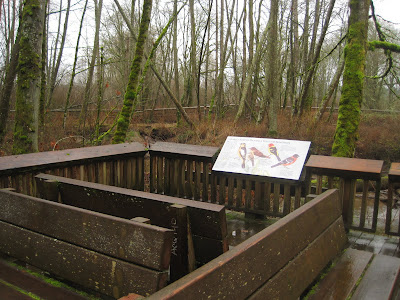



Monday, February 8, 2010
Bickering Neighbors , Part Three
This Mallard was enjoying a quiet sit on an old pond. At this spot there is an old chicken coop so I suspect this was once someones backyard. Now this wooded edge is between three large business buildings.

Further down the way is the spot where "Mr Plateau" Anna's Hummingbird had set up his territory. Sure enough there he was calmly sitting right on the edge of the trail. Unfortunately the light, still foggy / cloudy, did not result in a pretty colorful portrait.
I continued my walk and noticed how active the birds were. I had a large mixed flock of finches roll past me. Robins are starting to sign their Spring song. There are more Red-winged Black Birds in the reeds.
This bit of greenery moss and unidentified small plants will be fun to keep an eye on. I think the heart shaped leaf might be a violet.

"Mr Pond" Anna's was at his tree, calm and quiet.
I was able to snap this Indian Plum bloom detail. I love these plants.

As I returned to the territory of Mr Plateau, I hear his sharp display whistle. There he was swooping about. I stopped to watch and immediately heard his song. Anna's Hummingbird song sounds like a small reel to reel tape rewinding; zip seep zip.
Well that was new. He flew up I saw why he was singing, a female flew out too. He flew over and got behind her and appeared to place his bill on her rump. They descended to a twig.
Mr Plateau got lucky.
I checked with the Tweeters group and a member confirmed that Anna's do nest this early. I have never observed hummingbird copulation. I was aware that Rufus Hummingbirds start active courtship in late March but have never seen Anna's on territory. Typically the female will nest somewhere close by so it will be interesting to keep an eye out for her.
Mr Plateau will have nothing further to do in the raising of the brood. He will mate with as many females as he can and might actually have a second mating with this female after she fledges the first brood.
Saturday, February 6, 2010
Discoveries Big and Little





